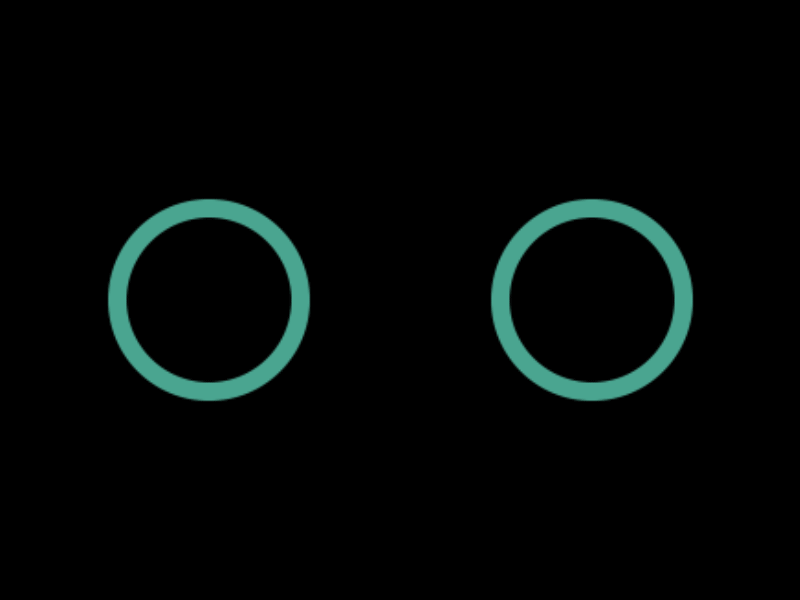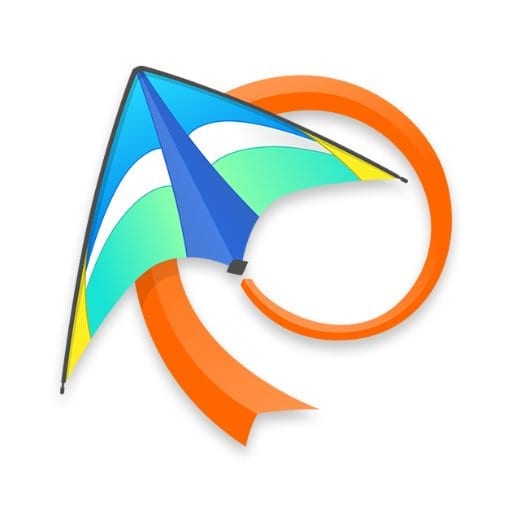

Var transform = CGAffineTransform. WithDuration: animationDurationBase * 1.75, Let translationY = (sin(radians) * distanceToMove) * -1 Let translationX = (cos(radians) * distanceToMove) Calculate the final X value from this angle and the total distance. Let ringSegment: UIView = view!.viewWithTag(number)! A large number to ensure that rotated segments don't partially

The final transform function will look like the following code, but it won't work yet - we need to figure out the translationX and translationY values first. (Note: This method is very similar to using transform: translate(X, Y) in CSS - it applies a visual transformation without updating the "real" position of an element). Because we're throwing these views away once we finish animating, we don't need to actually change the X/Y positions of the frames (plus, it would be more work to calculate), so we're going to use CGAffineTransform instead.
#Flinto animation to ios code how to#
The next step is to figure out how to move the pieces into their final positions smoothly. Running in the simulator, you should now see the pseudo-screen fade away after briefly appearing on screen. Tagging and selecting views like this allows you to construct a launch screen nib and manipulate it after launch, and the possibilities for how you animate it are endless! Note the viewWithTag() call - this is the main trick behind the entire illusion. Animate parts of this pseudo launch screen away, and remove the view.When the app finishes launching, paint an identical-looking view - a pseudo launch screen - over the app.Display the static launch screen while launching.In order to "animate" a launch screen, we'll create a three-step illusion: Tasks like adding borders, rounding corners, etc that you would usually place in view code are unavailable here - we must construct this screen entirely in Interface Builder.
#Flinto animation to ios code for free#
Flinto isn’t cheap at 20/month but you can try it for free for 30 days. Scrolling in the completed prototypes feels really natural and you can even fix headers and footers for navigation bars, tab bars and toolbars. When using a storyboard or nib, note that you can't write any view code to accompany it. The interface is really fast and simple to use with lots of drag-and-drop elements and options for transitions and animations. Due to this restriction, you're only allowed to use three types of file for a launch screen: A image, storyboard, or a nib (*.xib) file These screens are completely static for a reason: Apple doesn't want you running code or performing any CPU-intensive tasks while the app boots. Once the app loads, the screen fades out, revealing your app UI. A launch screen is a very simple visual that iOS displays while loading an app.


 0 kommentar(er)
0 kommentar(er)
